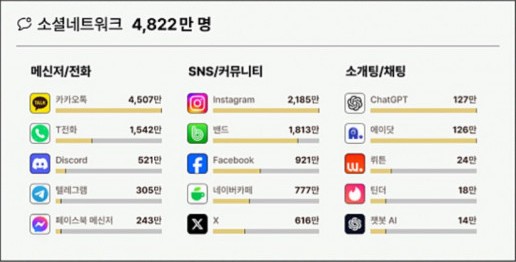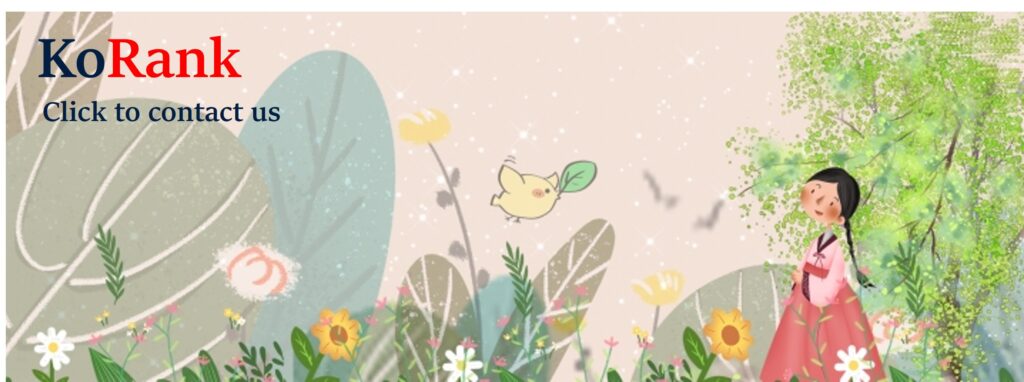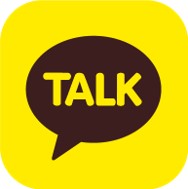5 Most Popular Social Media Platforms in Korea
Understanding the Uniquely Korean Social Media Landscape
When global marketers think of social media, they usually think of Instagram, Facebook, TikTok, and YouTube. And while these platforms do have a presence in South Korea, they tell only part of the story.
South Korea has its own distinct digital ecosystem, where local platforms like KakaoTalk, Naver Café, and Naver Blog dominate daily digital life in ways that outsiders often overlook. These aren’t just social tools—they’re deeply embedded in Korean culture, commerce, and community.
For international brands hoping to build authentic engagement in Korea, understanding this unique landscape is critical. What works on Instagram in the U.S. might fall flat in Seoul. Conversely, a campaign optimized for KakaoTalk or Naver Blog could drive massive engagement—with the right localization strategy.
In this post, we’ll break down the 5 most popular social media platforms in Korea today, showing not just where Koreans spend their time, but how they use each platform differently. Whether you’re launching a brand, running influencer campaigns, or building community, these are the channels you can’t afford to ignore.
KakaoTalk isn’t just Korea’s most popular messaging app—it’s a daily essential. With over 90% of Koreans using it, KakaoTalk functions as a hybrid of WhatsApp, iMessage, Line, and even WeChat. Beyond chatting, users rely on KakaoTalk for shopping, news, calendars, group coordination, and branded communications. Businesses can create Kakao Channels to deliver promotions, customer service, and personalized content directly to user inboxes.
Unlike Western messaging apps, KakaoTalk is deeply integrated into Korea’s digital infrastructure, making it a critical tool for localized engagement. For marketers, KakaoTalk campaigns can drive both 1:1 engagement and broad reach through features like BizBoard ads, chatbot automation, and coupon delivery. But to run ads here, you’ll need a Korean business entity—or work through a local agency.
Instagram in Korea has exploded in popularity, especially among Gen Z and millennials. While it functions similarly to the global version, Korean users tend to value highly aesthetic, curated content, often with strong lifestyle or product focus. Food, beauty, fashion, and travel are dominant categories. Influencers (often called “influensers” locally) play a major role in consumer discovery, and micro-influencer campaigns are particularly effective.
Korean Instagram trends can differ from Western ones—filters, captions, and hashtags evolve quickly and often include a mix of Korean and English. Paid advertising works well here, but organic strategies tied to local hashtags, event trends, or giveaway mechanics often outperform traditional global methods. To succeed on Korean Instagram, brands must speak the local visual language—not just translate content.
YouTube is Korea’s most-used video platform and increasingly functions as both a search engine and a TV alternative. From beauty tutorials to deep-dive product reviews, Korean consumers use YouTube for entertainment, education, and purchase research. It’s also the go-to place for influencer content and long-form storytelling.
Unlike other platforms, YouTube content in Korea leans heavily on personality-driven creators—many of whom have stronger brand influence than traditional media. For marketers, sponsored content, review-based collaborations, and in-video product placements are popular formats. Importantly, Korean YouTube culture values authenticity and transparency, so overtly commercial content often underperforms. Ads via Google Ads work, but partnering with creators for native-style integrations typically yields better results.
Naver Café is a powerful, Korea-specific platform where users gather in topic-based online communities. Think of it as Reddit + Facebook Groups + forums—all in one, but locally customized. Each “café” revolves around a specific theme: parenting, pets, cars, fashion, hobbies, or even apartment complexes. These communities are extremely active, trusted, and often gatekept by moderators.
Marketers can engage through community partnerships, sponsored posts, or native content—but success depends on subtlety and value-driven interaction. It’s not the place for hard selling. Because Cafés are based on trust, building credibility takes time but offers long-term brand loyalty in return. For B2C brands with niche appeal or high community interest, Naver Café is a goldmine for organic word-of-mouth.
While blogs have declined in many countries, Naver Blog remains a major content platform in Korea—especially for SEO and product research. Integrated into Naver’s search engine, blog posts often rank at the top of search results and strongly influence consumer decisions. Businesses frequently partner with “Power Bloggers” or run their own branded blogs to boost online visibility.
Product reviews, service experiences, and travel content are common formats. Unlike Western blogs that prioritize storytelling, Naver Blog posts tend to be photo-heavy, keyword-optimized, and highly structured. For marketers, this means an opportunity to control brand narrative within Naver’s search ecosystem. Sponsored blog campaigns can be managed via agency networks that match brands with vetted creators.

Local Platforms, Global Opportunity
Korea’s social media landscape is unlike any other. While global giants like Instagram and YouTube play a strong role, KakaoTalk, Naver Café, and Naver Blog shape daily interactions, community trust, and purchase decisions in uniquely local ways.
For global marketers, success in Korea means going beyond simple translation or content duplication. It requires platform fluency, cultural context, and sometimes, local partnerships to navigate legal and technical barriers—especially when it comes to advertising on Naver or Kakao.
Whether you’re launching a new brand or expanding your market reach, knowing where and how Koreans engage online is the first step. But making those insights actionable often requires help from a trusted Korean marketing agency—a partner who knows how to adapt your message, manage local platforms, and connect your brand to the right audience.
Stay Ahead in Korea’s Market!
Subscribe to our newsletter for exclusive market insights, industry rankings, and the latest trends—delivered straight to your inbox. Don’t miss out on key opportunities! 







